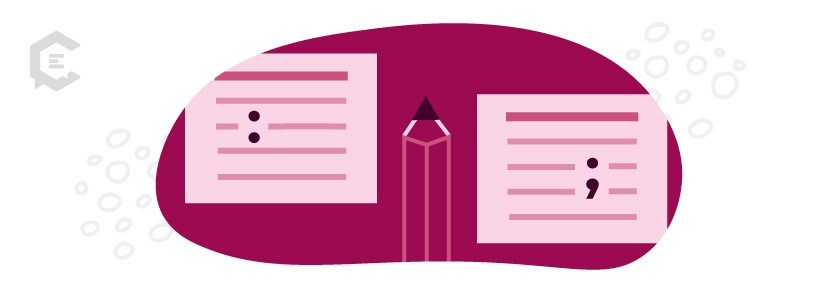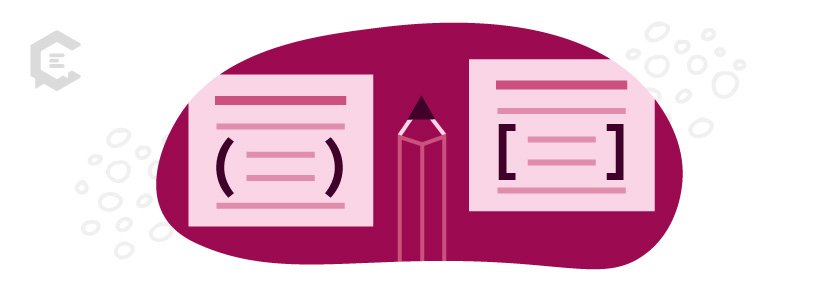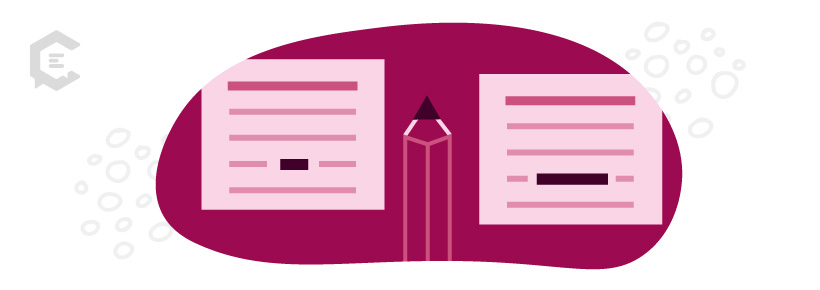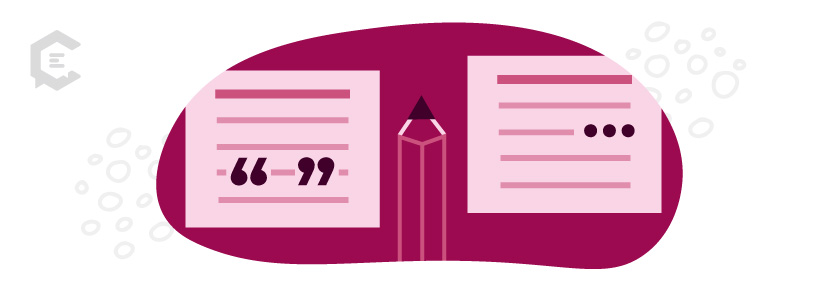Knowing how to use punctuation is important. After all, as a business owner, you’re constantly communicating with investors, partners, employees, colleagues, and customers.
That’s why you’ll find valuable information below on how to use commas, colons, question marks, and more to help level up your business communications.
How to use punctuation properly
Punctuation makes reading easier and more enjoyable. You just need to make sure you’re using punctuation marks correctly so your readers can clearly understand your message as intended.
Consider this your punctuation cheat sheet!
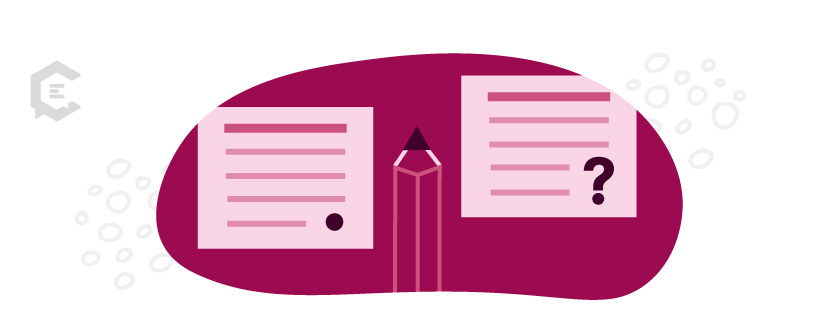
Punctuation to end a sentence
Your sentence isn’t complete without a punctuation mark. You get to choose from three main options:
Period (.)
A period ends a sentence that provides information or states a fact or opinion.
Example: I want to be a better writer.
Question mark (?)
As the name implies, the question mark ends a sentence that asks a question.
Example: Is the Wi-Fi down?
Exclamation point (!)
Exclamation points end sentences with strong emotion.
Example: I can’t believe I caught that pass!
Punctuation to join or separate ideas in a sentence
Commas, colons, and semicolons are all used to join or separate ideas in a sentence.
Comma (,)
Commas are one of the most versatile and useful bits of punctuation.
There are tons of extended rules for comma use, but here are the basic uses:
- To address someone directly. Example: It was nice working with you, Sam.
- To use with coordinating conjunctions to join two complete sentences into one compound sentence. Example: Carlos is prompt, and he always completes work ahead of the deadline.
- To list multiple items. Example: Stephanie handled the scope, development, production, and delivery of the final product.
- To separate an introductory clause at the beginning of a sentence. Example: While I was on vacation, Sarah filled in.
Colon (:)
The primary use of a colon in American punctuation is to introduce a list.
Example: The project has four phases: planning, development, testing, and delivery.
Semicolon (;)
A semicolon joins two complete sentences into one sentence. This is similar to using a coordinating conjunction to join two complete sentences into one, but it allows you to drop the conjunction completely.
Example (a semicolon twist on our earlier comma example): Carlos is prompt; he always completes work ahead of the deadline.
Punctuation to elaborate or clarify
When you need to elaborate on a thought or clarify your meaning, you need punctuation to encase your little sojourn in your explanation. You can choose parentheses or brackets.
Parentheses ( )
Parentheses are used when your thought requires a bit of expansion to be better understood.
Example: My sister (who grew up in Los Angeles) has no idea how to deal with the Illinois winters.
Interesting side note: You can also use a set of commas in place of each parenthesis. My sister, who grew up in Los Angeles, has no idea how to deal with the Illinois winters.
Brackets [ ]
Brackets are often used to clarify who a pronoun is referring to when the reader can’t be entirely certain.
Example: She [Mrs. Peck] teaches third grade at Lincoln.
Punctuation lines
Hyphens and dashes look alike but serve different purposes.
Hyphen (-)
The hyphen is used to make compound words out of multiple single words.
Example: I love writing multiple articles back-to-back.
Dash (—)
Dashes can be separated into two categories: the en dash and the em dash. The en dash indicates ranges.
Example: Construction lasted from 2001-2005.
The em dash is twice the length of the en dash and is stylistically used in place of other punctuation for emphasis.
Example: There’s only one thing I love more than writing — traveling!
And the rest…
Apostrophes, quotation marks, and ellipsis don’t fit neatly into our other categories, but they deserve a mention.
Apostrophe (’)
Apostrophes have multiple uses:
- To show possession. Example: Jessica’s family is from Michigan.
- To show that a letter has been omitted. This is most common in contractions. Example: I can’t make it to the event.
- To pluralize lower-case letters. Example: How many s’s are in Mississippi?
Quotation marks (“ ”)
Quotation marks are for more than just quotes. There are several reasons to employ quotation marks, but here are the most common:
- To mark the exact words someone said. Novelists use quotation marks for dialogue, and journalists use quotation marks when they quote experts or historical figures. Example: According to Mark Twain, “Travel is fatal to prejudice, bigotry, and narrow-mindedness.”
- To indicate that the writer is using a term ironically. Example: Yeah, I’m sure she’s “too sick” to come to work.
- To denote works of art (like book titles). Example: Have you read “Atomic Habits” by James Clear?
You should also know that you can use single quotation marks if you need to use a quote within a quote. Example: Jacob asked, “Why did you say ‘I’ll see you then’ if you weren’t planning to attend?”
Ellipsis (…)
Ellipsis is yet another punctuation mark with multiple uses. It can be used:
- To show that words have been omitted. Example: Four score and seven years ago… begins one of the most famous speeches of all time.
- To build suspense. Example: And the winner is… drumroll, please… Jake Flemming!
- To indicate trailing off. Example: Well, I guess I just thought that… I don’t know…
So what have we learned? Punctuation is helpful in conveying your message to your audience. But only if we’re all using it the same way. Stick to this punctuation cheat sheet to make sure your message will be received as intended.
Get perfectly written (and punctuated) content every time by talking to a content specialist at ClearVoice today.
